Shortly before Easter, Russia’s Foreign Minister Sergei Lavrov announced that the initial phase of the “special military operation” in Ukraine was over, and a new phase was starting. The “new phase” was focused on seizing control of the historical borders of the Donetsk and Luhansk Oblasts that make up the Donbas region. To support that objective, the Russian advance on Ukraine’s northern border, in the direction of Kiev, was terminated. Those units were withdrawn from combat, sent to Belarus or Russia to be reconstituted, and moved to the Donbas front.
The Russian army invaded Ukraine 57 days ago. This timelapse shows the movement and control of Russian forces across Ukraine over those 8+ weeks. Please view in full screen as annotations on earlier days are not as clear. pic.twitter.com/8VIrNGRkuP
— Nathan Ruser (@Nrg8000) April 21, 2022
As that was happening, I posted my assessment of what comes next. Ukraine’s Future Depends on These Three Fights That Russia Must Win. In that post, I theorized three separate battles developing, battles that Russia had to win.
Three battles that will decide the fate of Ukraine and maybe Russia. pic.twitter.com/2UGhpeEC3u
— streiff (@streiffredstate) April 21, 2022
Since that time, we’ve had new information. We’ve learned that the Russians intend to conquer Odesa and the Black Sea coast while creating a land bridge that goes beyond Crimea and terminates in the “breakaway” Russian dominated “republic” of Transnistria (Putin Decides to Widen the War With Ukraine to Achieve His Objectives).
We’re now two weeks into the new phase, so let’s take a look at what’s happened.
Battle #1–Kherson.
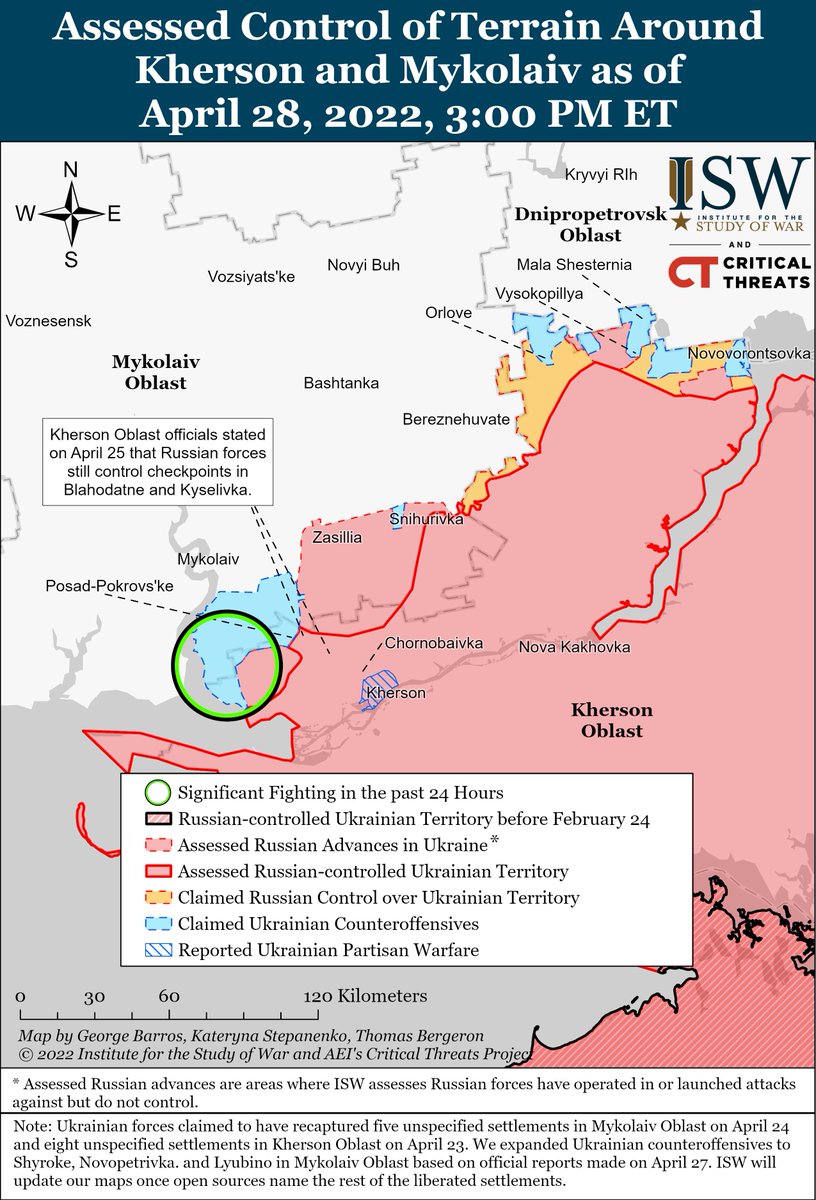
The line to focus on the dashed red line that shows where Russian units have operated. Inside this area, towns frequently change hands. The Russians have had some success pushing back a Ukrainian offensive in the green/black circle. The Ukrainians have had some success in the upper right quadrant of the map. This area is at equilibrium for now. The Russians would like to move a substantial number of troops to the northwest and launch an attack from there in support of the overall objective of securing control of Donbas. They cannot do that because of persistent pressure from Ukrainian forces to the west.
A potential major event took place overnight.
DIRECT ACTION: Ukrainian Special Operations Forces continue to interdict key bridges used by RU logistics. Speaking as a SEAL, this was a professional demolition job, targeting the bridge span at the juncture of the abutment– making repairs difficult. https://t.co/GxrtEQJgPj
— Chuck Pfarrer (@ChuckPfarrer) April 28, 2022
There is exactly one rail line running from Crimea and Kherson to Donbas. This is it. Supplies and equipment that had traveled by rail now have to travel by vehicle. This will result in a significant reduction in the logistical support available to Kherson.
Battle #2–Mariupol.
Mariupol has yet to be secured. Instead, the defenders were driven into bunkers under a steel mill designed to survive a nuclear blast.
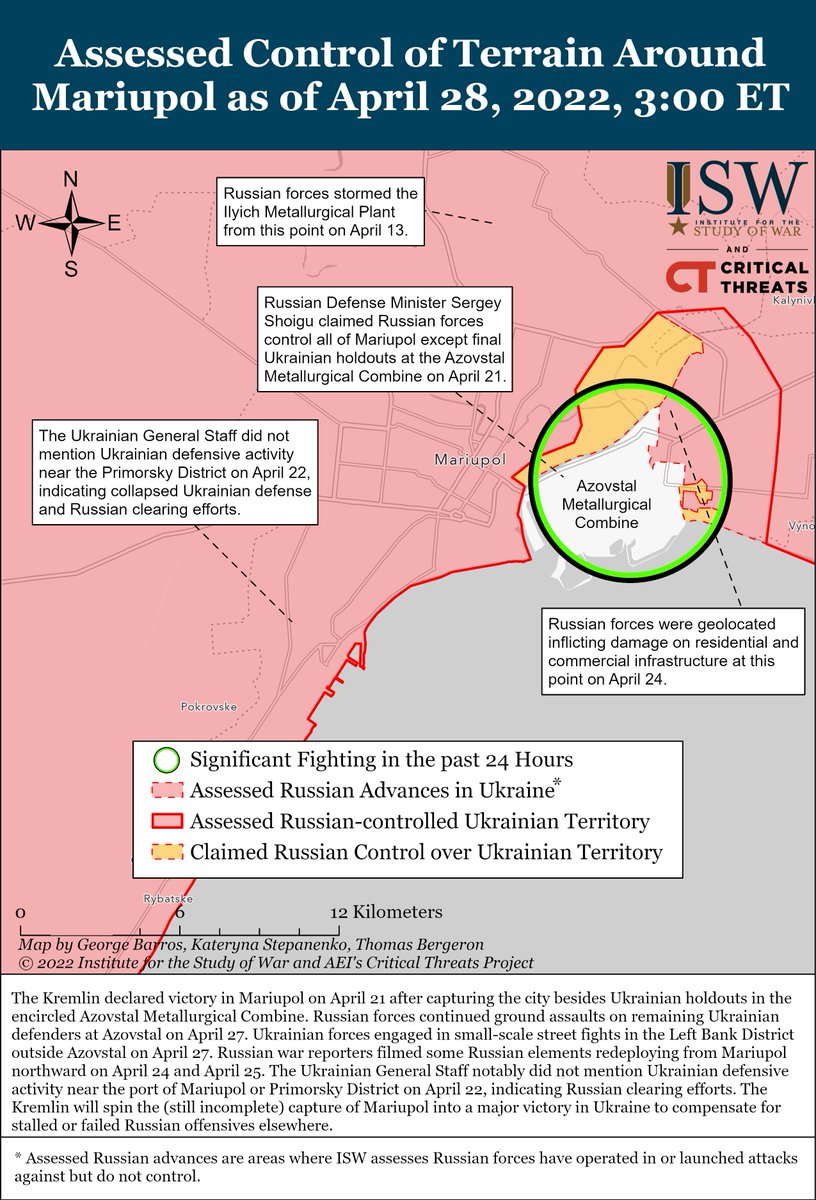
This is how I described the situation.
Taking Mariupol is vital because the remnants of about a dozen BTGs are engaged in reducing the defenses of Mariupol. Putin and the Russian high command would like to pull those out and shift them to Donbas. Putin has also ordered the steelworks sealed. The clincher is that simply organizing a perimeter around the steelworks will take most of the Russian troops in Mariupol. Even then, the perimeter will only be one-man deep, so a mobile reserve will be necessary to prevent a breakout by the defenders. Bottom line: most of those BTGs will stay right where they are.
As you can see from the map, Mariupol sits astride the main route from Donetsk to Kherson. If Kherson falls and the Mariupol defenders continue to hold or, worse yet, break out, then the Russian forces between those two cities are in danger of being cut off. Making things more interesting, that brown cross-hatched area north and west of Mariupol is the scene of intense partisan activity.
In short, while the Russian might like to leave a light screening force in Mariupol and move most of their troops to Donbas, they can’t. They have largely won this fight if they leave the present units in place, but can they resist the temptation to move most of those troops to take part in the Donbas fight? I doubt it.
We have a metric to evaluate this battle.
The battle for Mariupol isn’t over, despite some 🇷🇺 troops leaving. 🇷🇺 is still hitting the city with withering airstrikes.
🇷🇺 12 BTGs are moving north & NW out of the city. Those units may have had 600-800 troops each at the war’s start (not clear now)https://t.co/11DgzWIwt2
— Jack Detsch (@JackDetsch) April 28, 2022
Video indicates that the main Russian combat force is Chechens, with a mix of Russian naval infantry and Donbas militia. If the reports are accurate, this will take pressure off the Mariupol defenders, and the dozen Battalion Tactical Groups (BTGs) it freed up will generate limited combat power.
Battle #3–Donbas.
This battle is the Clausewitzian schwerpunkt. It is the decisive locus in the campaign. If Russia can’t gain control of Donbas, nothing else matters.
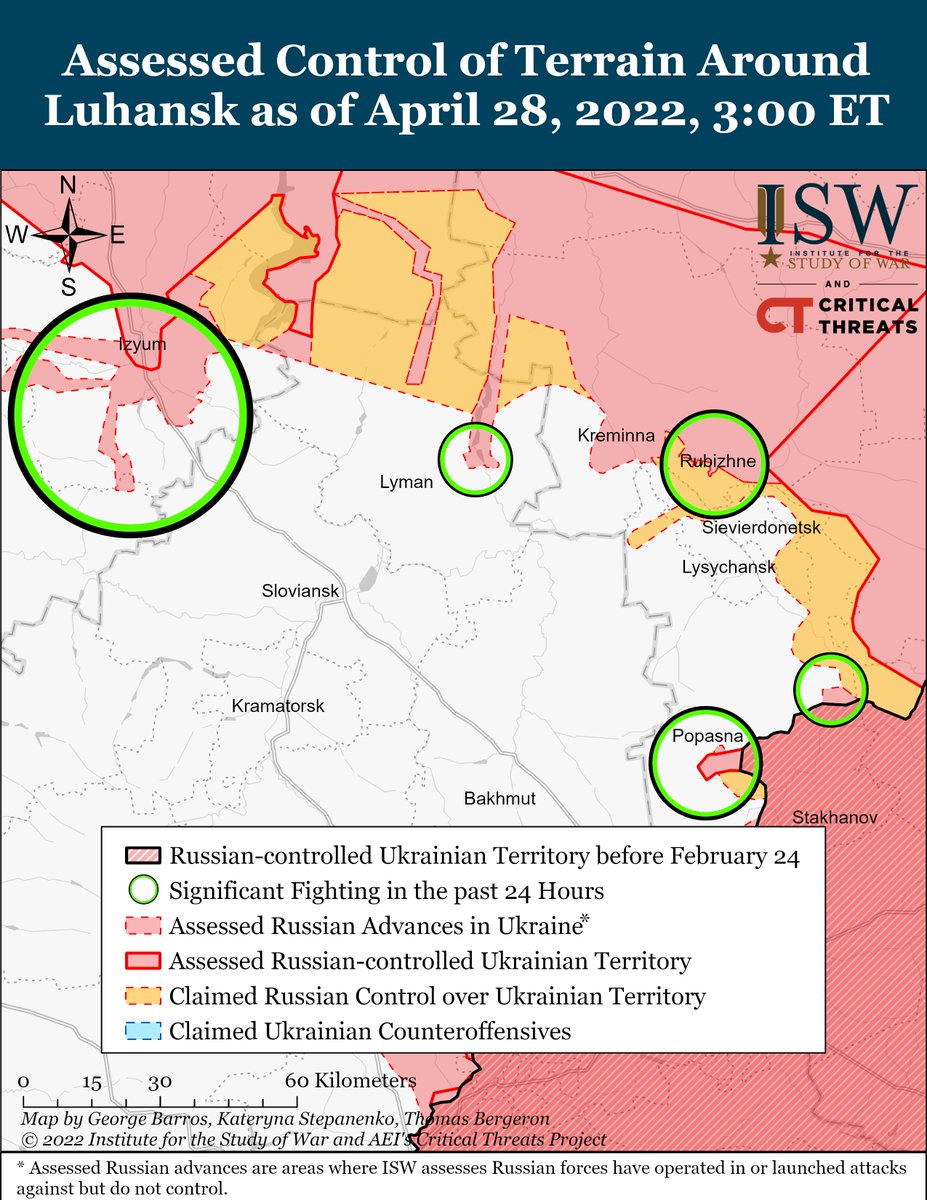
The initial concept that appeared to be developing a double envelopment from the salients to the north and south is not more. Instead, the Russians have been making slow, methodical progress and seem to be limiting their attacks based on available supplies. The Ukrainians are giving ground grudgingly.
The key piece of terrain for the Russians is the town of Sloviansk and controlling the Sloviansk-Kramatorsk highway. If the Russians do this, they will have collapsed the Ukrainian salient that threatened the puppet republic of Luhansk.
Supply is one problem; another is an ongoing Ukrainian offensive to the northwest.
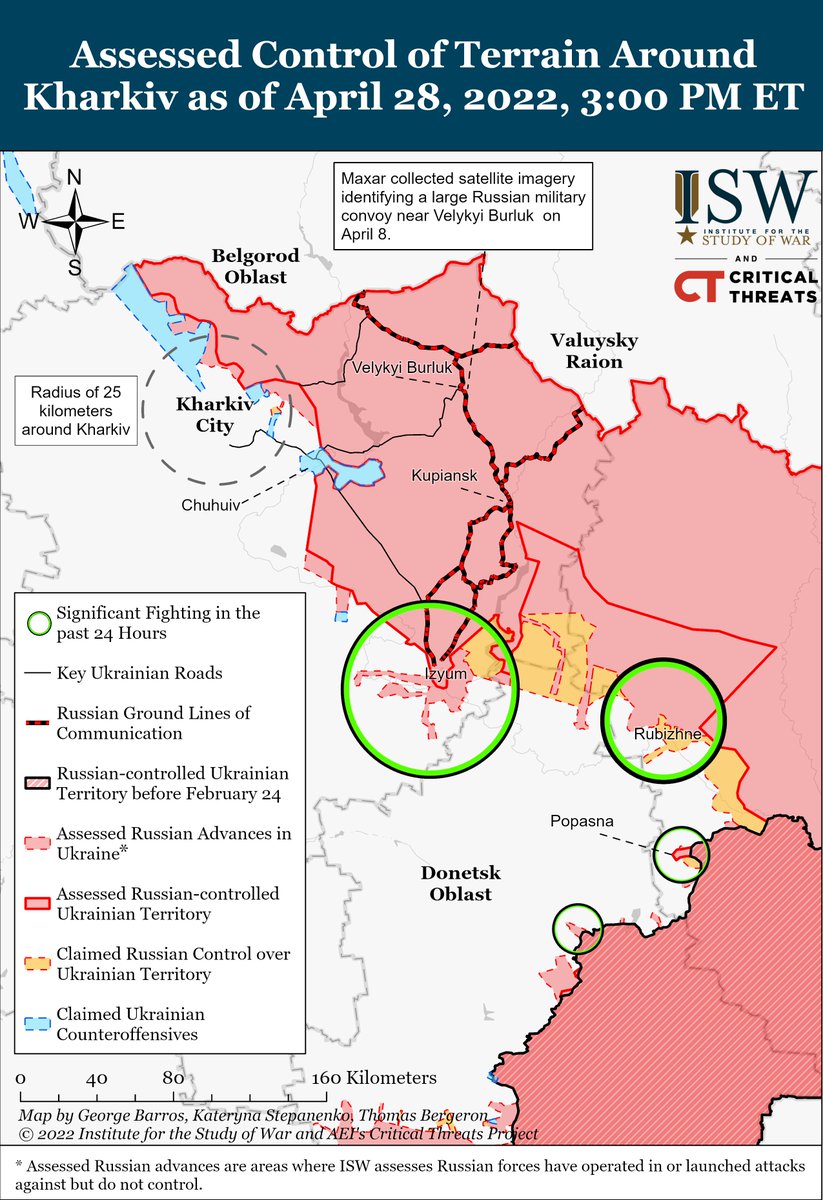
This map illustrates more clearly than most that often, the advances made by one side or the other are only as wide as the road being used. The key terrain here is the town of Kupiansk, where the Russian highway and rail lines supplying the Donbas offensive converge. The Ukrainian offensive is nearly within artillery range of that center. So as much as the Russians might like to ignore it and push ahead in Donbas, they can’t. Because if Kupiansk comes under artillery fire, all movement to the south stops. If Kupiansk falls, the Russians are looking at a catastrophe.
What’s next?
Tuesday, a Russian missile struck the bridge linking Northern Odesa Oblast and the city of Odesa to the southern half of the oblast.
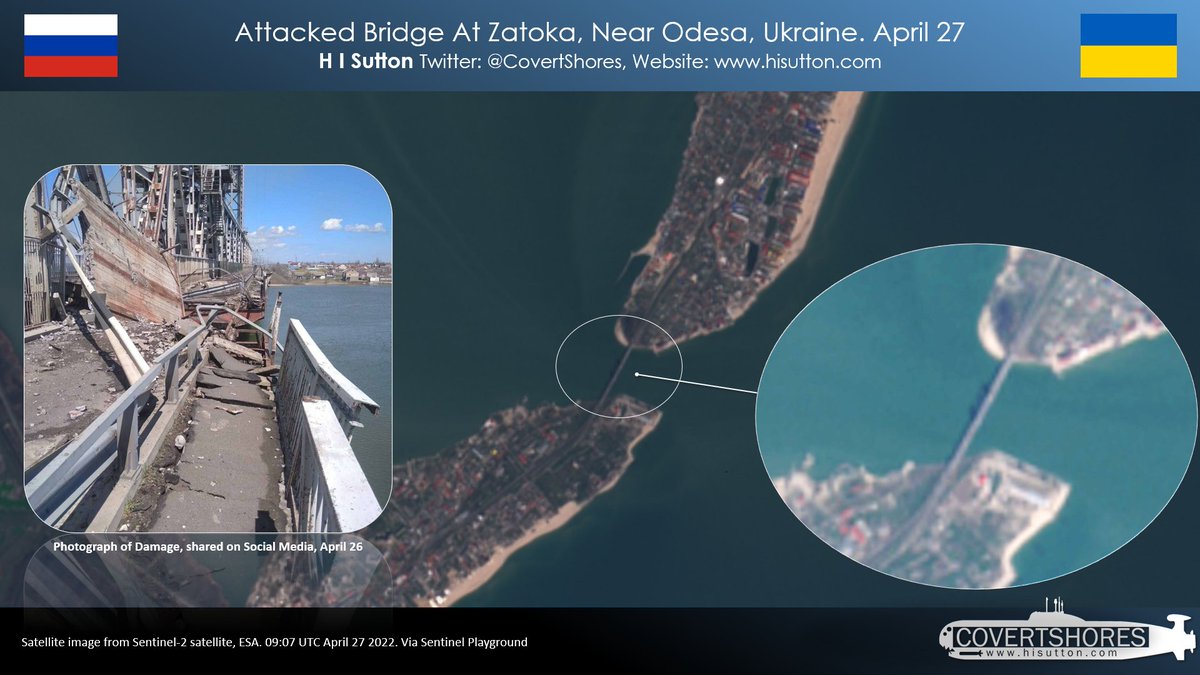
The loss of this bridge means that consumer goods and gasoline that used to arrive via Moldova and Romania are now blocked.
Then there is this theory.
As creative and open-minded this military plan looks, as hard it can be to be fulfilled. Besarabia is known for bad roads and a number of rivers, creeks and swamps. This operation can also convince Nato to provide more military support, as it affects Nato border directly. /END
— Sergej Sumlenny (@sumlenny) April 26, 2022
Personally, I think this is loony. I don’t see how the Russians do an over-the-shore operation with the assets, both ships and troops, available in theater. I don’t see how they sustain the presence of an invasion force. The only way it might be feasible is if Russia can convince Transnistria to launch an attack on Moldova to link up with the invasion force.
Bulgaria has officially called on its citizens to leave Moldova.
Israel has called on its citizens to leave Transnistria. pic.twitter.com/WQZcVSF5f8
— Visegrád 24 (@visegrad24) April 28, 2022
After the Moldavian Breakaway Region of Transnistria banned all men between the ages of 18-55 from leaving the “Country” earlier today, the Transnistrian Ministry of Defense has reportedly ordered a General Mobilization though the Supreme Council is yet to approve the Order. pic.twitter.com/D9qhBxG2u8
— OSINTdefender (@sentdefender) April 28, 2022
Time, however, is not neutral.
Ukraine is receiving an unprecedented volume of munitions, such as Javelin, Stinger, and loitering munitions like Switchblade, and artillery. Nearly two hundred M-777 towed howitzers have been pledged, and about half of those have been delivered, and Ukrainian gun crews are in training.
U.S. update on Russia's invasion of Ukraine on Day 61:
• 🇺🇸 will finish training 50 🇺🇦 military advisors TODAY on howitzer artillery; 50 more on the way
• 🇺🇸 now focused on more artillery & tactical drones for 🇺🇦 in Donbas
• 🇺🇦 is STILL resisting 🇷🇺 efforts to take Mariupol https://t.co/JaJ1hmLvI9— Jack Detsch (@JackDetsch) April 25, 2022
Also on the way are a large number of tanks (see Ukraine Now Has More Tanks Than Russia and Things Look Worse In the Future) and, my favorite, the M-270 Multiple Rocket Launch System.
The catch is that Ukrainian troops have to be trained on the new systems. That means they are being pulled out of combat. Also, the Ukrainian supply of 152mm ammunition is running low, and unlike small arms ammunition, Russian-spec artillery ammunition is hard to find.
NEW: The UK has been "scouring the earth" for 152mm artillery ammunition – the ammunition Ukraine's military needs for their existing guns to combat Russia, defence minister @JSHeappey tells @SkyNews
— Deborah Haynes (@haynesdeborah) April 26, 2022
Russia lacks the combat power and logistics ability to create an Operation Bagration-style breakthrough. My guess is that a lot of the advances made in Donbas are because the Ukrainians have decided to trade real estate for time and not sacrifice the manpower necessary to slug it out at this stage of the operation if they are short of artillery ammunition. If Ukraine conducts a delay operation, attritting Russian forces while avoiding decisive engagement and significant losses, the new units being formed and new equipment can be brought to bear at a decisive place and time of Ukraine’s choosing.
Mariupol will become a significant problem for the Russians if the reports of a significant transfer of troops are true. Ukrainian troops are within 40 miles of Mariupol (roughly the combat distance equivalent of being on the dark side of the moon), but their threat to relieve Mariupol will divert troops needed elsewhere.
Kherson will be the scene of minor battles with towns changing hands until the Transnistria business sorts itself out. In the meantime, Ukraine has to assume there will be an attack, and most of its forces on the Transnistria frontier will be frozen in place. If the attack materializes, I think it will be a nuisance and not a significant distraction. There are 1,400 Russians in Transnistria and another 4,000 local security forces, all without a logistics base. Pretty weak sauce for an invading force. The new Ukrainian artillery could turn the tide should this front receive any.
The biggest takeaway is that we aren’t seeing much evidence that the Russian Army learned very much from the first 50 days of the invasion. Too many operations are attempted with too few troops. The combat arms are still being handled timidly. The dash and panache you see in the operational plans are not visible in the actions of Russian units.
All in all, I don’t see much change from ten days ago. So I think my summary from last week is still valid.
In my view, the Russians are in a very difficult position. The terrain they have to attack across in the north strongly favors the defenders. Their lines of supply will be hard-pressed to support the 70-80 BTGs they are staging there. There is also a race against time. More Ukrainian units are created and move into the battle area every day, and more heavy weapons arrive. Russia has to find that sweet spot where their units have rebuilt back to combat effectiveness, and the Ukrainians haven’t yet begun to field the weaponry sent to them. They also, in my view, have to win all three of these battles–holding Kherson, sealing off Mariupol, and taking positive control of Donbas–to have a chance of gaining their territorial objectives. Ukraine only has one must-win battle: Donbas.
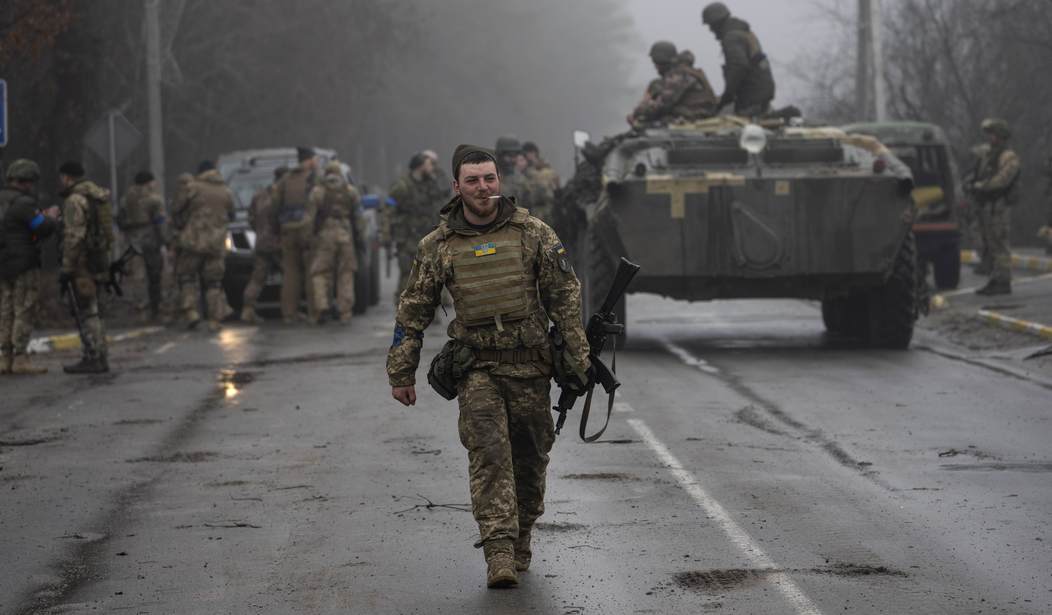


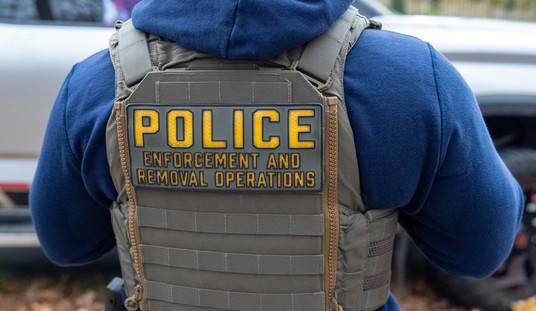






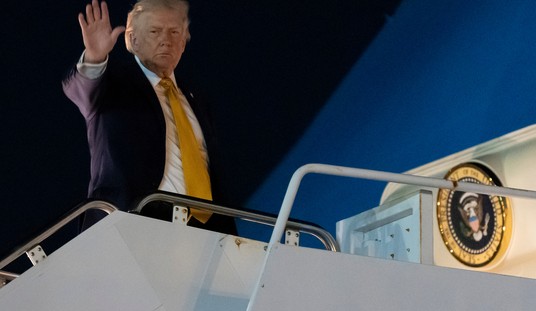



Join the conversation as a VIP Member